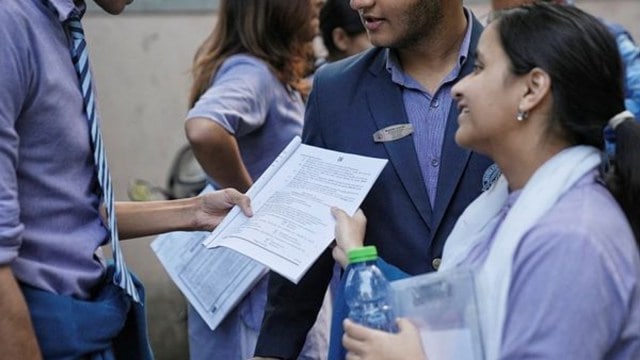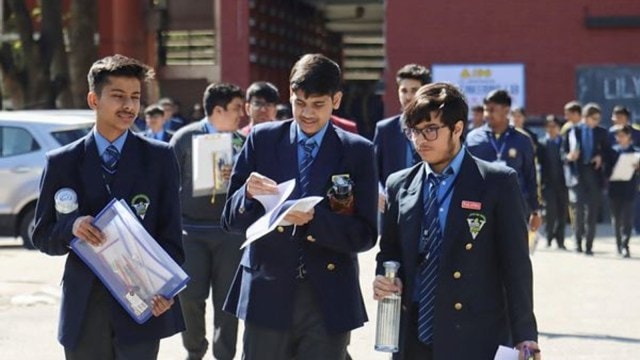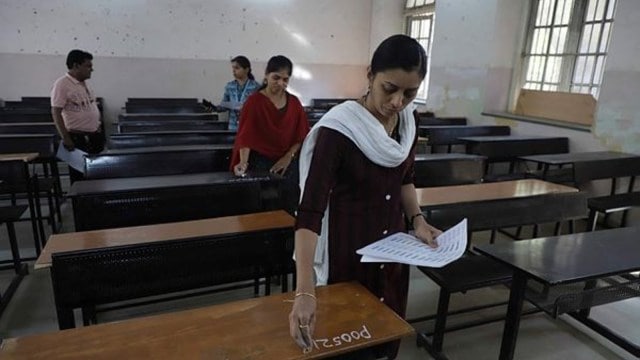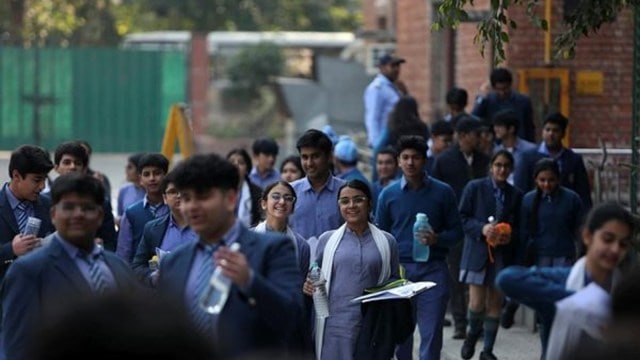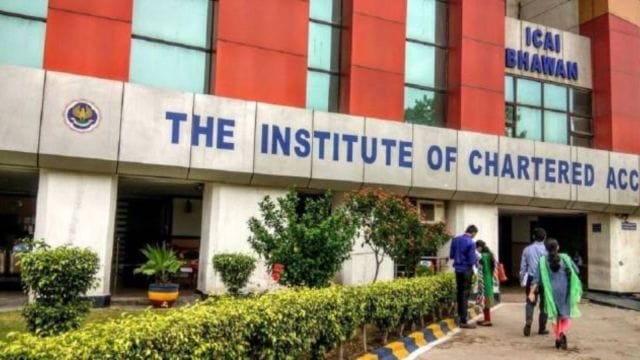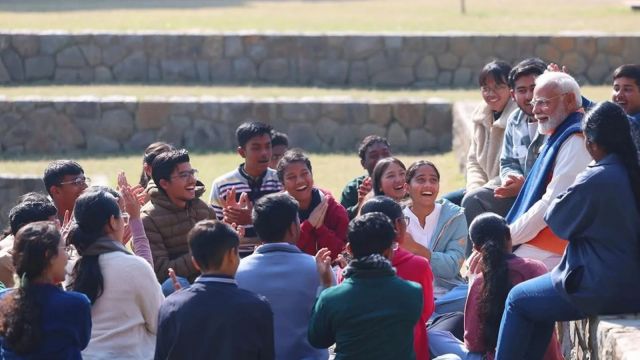
BJP’s back-to-back campaigns: Shah in Maharashtra, Modi in Jharkhand
This Sunday looks like a packed one for top BJP leaders. The poll heat is rising, the discourse is becoming sharper, and the issues on ground more apparent.
Prime Minister Narendra Modi is scheduled to hold a roadshow and two rallies in poll-bound Jharkhand.
His first rally will be in Bokaro, where the BJP’s Amar Kumar Bauri is contesting, followed by another in Gumla from where the party has fielded Sudharshan Bhagat.
In the evening, the PM will hold a roadshow in Ranchi.
On Saturday, Union Home Minister Amit Shah, Defence Minister Rajnath Singh, BJP president JP Nadda and other party leaders addressed multiple poll rallies in the state.
Congress leader Rahul Gandhi also addressed several rallies on November 8 and 9. Elections to the 81-member Jharkhand assembly will be held on November 13 and November 20 while the votes will be counted on November 23.
What is at stake for the BJP in Jharkhand: Chief Minister and Jharkhand Mukti Morcha (JMM) leader Hemant Soren’s arrest earlier this year, alleged “illegal infiltration” in the Santhal Pargana region, and a welfare war. These are among the burning issues in Jharkhand in the run-up to the two-phase state Assembly elections to be held on November 13 and 20.
In the 2019 Assembly polls, the JMM-Congress-RJD alliance won 47 seats in the 81-member House, while the BJP won 25 seats. Soren went on to become the CM. But a lot has changed since. In February this year, before his arrest in a money laundering case, Soren resigned as the CM to make way for then JMM leader Champai Soren.
In the recent Lok Sabha polls, the BJP lost all of the five Schedule Tribe (ST)-reserved seats, ostensibly due to the damage caused due to Soren’s arrest. As the CM is a strong tribal face with a significant mass support on the ground —- the JMM-Congress combine won 26 of the 28 ST-reserved Assembly seats in 2019 — his arrest and its legality would be a key campaign point for the INDIA bloc. Whether that again evokes tribal sentiments remains to be seen.
The tribal-dominated Kolhan area in southern Jharkhand, with its 14 Assembly seats, seems like the big task at hand for the BJP as it had faced a complete rout here last election.
Coming to Maharashtra, which is seeing a high-stakes battle for all of its major players.
Union Home Minister Amit Shah will address rallies in Mumbai, Jalgaon, Buldhana, and Amaravati on Sunday.
Modi on Saturday said “we won’t let Maharashtra become the ATM of Congress”.
Addressing two rallies, in Vidarbha and Marathwada regions, in the run-up to the November 20 Assembly elections in the state, Modi also reiterated his “ek hai to safe hai” (together, we are safe) call for Dalit, OBC, Adivasi unity. While a division among Dalits, Adivasis and Backward Classes suits Congress’s politics, the party is losing its support base due to their unity, he said.
In Nanded, Modi reiterated his claim that “the Congress wants the OBCs, Adivasis and Dalits to fight, as a split in their votes will get it back to power”. “The Congress’s game plan is to divide you into different groups and communities… It hates the OBCs because it cannot digest the fact that an OBC is the PM.. They want to divide the OBC communities into small castes and snatch the power of their unity. If that happens, Congress will snatch the reservation,” he said.
BJP’s OBC strategy: For the BJP, retaining the OBC vote is crucial, as the Maratha quota demand has placed the two groups in opposite corners, with the Marathas favouring the Maha Vikas Aghadi.
In terms of share in the population, the OBCs – comprising some 350 subgroups, as per the Maharashtra State Backward Class Commission – are the largest chunk, at roughly 38%, followed by the Marathas at 33%.
Admitting the criticality of the OBC vote, a senior BJP leader says the party has identified them as a factor in as many as 175 seats out of the total 288. In contrast, the Marathas’ dominance is seen as largely restricted to Marathwada and Western Maharashtra, which together account for 116 seats.
The senior BJP leader quoted above says the party’s OBC strategy involves micro-targeting “nondescript, smaller segments” – which has paid off for it in successive polls, including most recently Haryana. Such targeting is being done especially in border constituencies in Vidarbha, North Maharashtra, Marathwada.
Besides, just before the Maharashtra elections were announced, seven new groups were included in the Central OBC list by the Modi government, while the state government raised the creamy layer ceiling to avail OBC benefits. Again, this was a leaf out of the Haryana BJP book.
— With PTI inputs

 Posts
Posts Sign up as a Teacher
Sign up as a Teacher